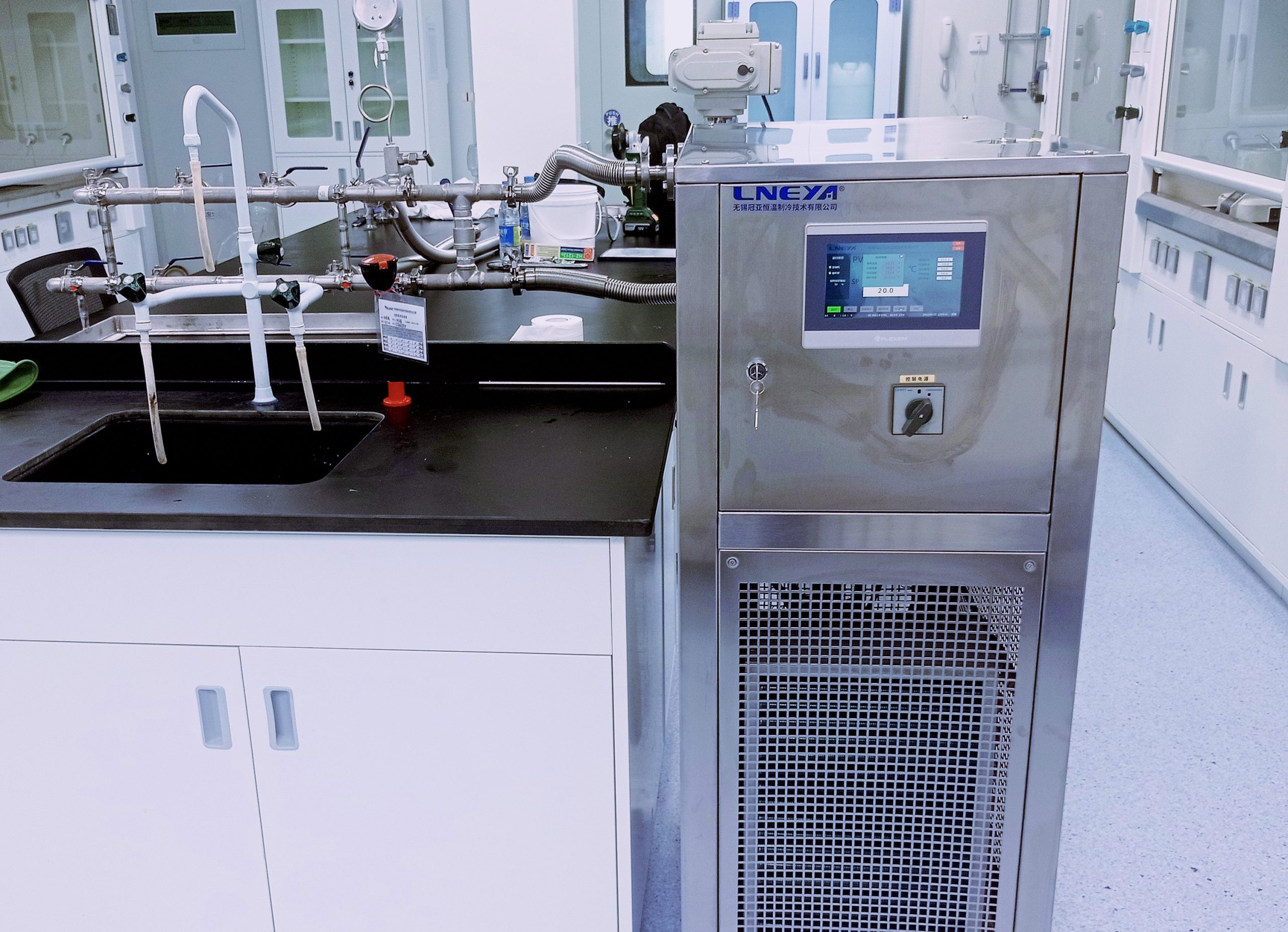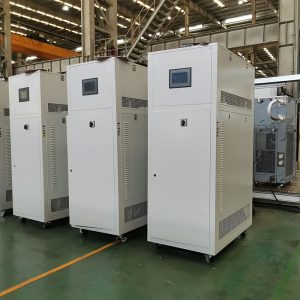There are usually three ways to control the temperature of laboratory reactors

1. Manual control: Manually operate the knob on the front of the reactor controller.
2. Control by PC: The PC and the controller are connected by a network cable, and the operation is carried out on the PC.
3. Controlled by thermostat: Silicone oil is heated through the thermostat, and the thermostat naturally has a temperature control function. Although the thermostat heating limit (usually 250°C) is not as high as that of electric heating (can be as high as 400-500°C), the thermostat rises and falls smoothly, and the low temperature can reach -60/-80°C.
Our LNEYA laboratory reactor temperature control system belongs to the third category. However, the temperature control range is from -120 degrees to 350 degrees. It adopts a fully enclosed pipeline design and a high-efficiency plate heat exchanger, which reduces the demand for heat transfer oil, improves the heat utilization rate of the system, and realizes rapid temperature rise and fall. Continuous temperature control can be achieved in the temperature range of minus 90 degrees to 195 degrees and minus 70 degrees to 220 degrees without pressure.
Jacketed glass reactors are popular in current chemical experiments. The supporting temperature control equipment has also become a matter of widespread concern in the industry. It is known that the cooling and heating temperature in the reaction process has an absolute influence on the reaction process and results. The analysis of the temperature control equipment’s ability to increase and decrease the temperature of the material has become the basic basis for choosing chiller. Then the cooling and heating capacity is not only estimated by imagination and experience, but requires scientific analysis and calculation methods, and needs to calculate the required heating power and cooling power according to the heating rate and cooling rate.
When our technicians communicate with customers, they will first understand the requirements of engineering parameters, such as high and low temperature, how long is the temperature control time, etc., so as to calculate the cooling power and heating power of the chiller required, and determine the available chiller. model, to give customers the most complete temperature control solution. If you also have this need, you can contact us.
Related recommendations
-
Introduction To The Preparation Of Low Temperature Chiller’ Operation
1236Why do low temperature chiller need to be ready for operation? We must be very clear that only when we are ready to check the low temperature chiller can we run the equipment better, can we run it more efficiently. Before running the low temperatu...
View details -
Application Of Compressor In Low Temperature Chiller
990Compressor is an important part of cryogenic refrigeration industry. As far as low temperature chiller is concerned, different brands and types need to be selected when buying compressors. Therefore, when choosing cryogenic refrigeration compresso...
View details -
Classification and advantages and disadvantages of water-cooled chillers
1335Industrial chillers are divided into air-cooled industrial chillers and water-cooled industrial chillers. Today we will discuss the classification, advantages and disadvantages of water-cooled chillers. Advantages of water-cooled chillers: 1. Inte...
View details -
How is the refrigerant installed in the vocs condensing unit?
1221The vocs condensing equipment is LNEYA's equipment for condensing adsorption of various vocs gases. Among them, the refrigerant of vocs condensing equipment is also indispensable. So, how should the refrigerant be treated? For various refrigeratio...
View details
 LNEYA Industrial Chillers Manufacturer Supplier
LNEYA Industrial Chillers Manufacturer Supplier











